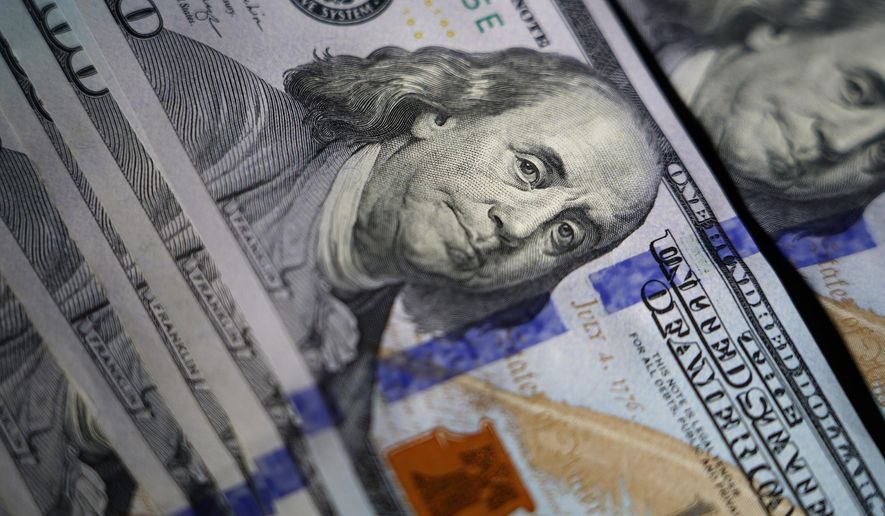States paid out billions of dollars in pandemic unemployment claims to more than 200,000 applicants whose Social Security numbers indicated they were dead, according to an inspector general’s audit.
Nearly 1 million more claims were paid to Social Security numbers that were submitted in multiple states. That’s another indication of fraud because the law allowed someone to claim the enhanced pandemic unemployment benefits in a single state at one time.
The Labor Department’s inspector general said 1.7 million more claims were paid to people who filed from “suspicious email addresses.”
All told, the claims accounted for more than $45 billion in potentially bogus unemployment payments during the first two years after the onset of the pandemic, the audit concluded.
Carolyn R. Hantz, an assistant inspector general, said that’s nearly three times the estimate issued in June 2021.
Her office made a series of recommendations at that time, and she expressed consternation that the Labor Department’s Employment and Training Administration (ETA) hasn’t fixed things by now.
“As of the date of this alert memorandum, ETA has not taken sufficient action to implement these recommendations,” she wrote. “ETA’s lack of sufficient action significantly increases the risk of even more [unemployment] payments to ineligible claimants.”
She said the problem “needs immediate action.”
States run the unemployment program with federal financial backing. During the early months of the pandemic, Congress poured cash into the program to bolster shutdown orders, giving some financial security to Americans pushed out of work.
Many state systems were outdated and allowed for what analysts say is a colossal amount of fraud. Some estimates say more than $200 billion of the $875.2 billion spent on pandemic unemployment aid went to fraudsters.
In its official response to the report, the Labor Department said it has been trying to get states up to speed on protections against fraud.
“ETA agrees with the OIG’s assessment regarding the significant increase in fraudulent activity challenging state UI programs across the nation during the pandemic,” said Brent Parton, acting assistant secretary.
The department said it has sent technical teams to states, offered $665 million to help improve systems and launched a public awareness campaign to help consumers spot fraud.
Some of the fraud seems like it should have been easy to weed out.
That includes 205,766 claims to applicants using Social Security numbers for people listed as dead. Those payments totaled $139.4 million.
Another $267.3 million was paid to applicants using Social Security numbers of people believed to have been in federal prison — and therefore ineligible — at the time.
Much bigger were the payments to 991,793 Social Security numbers that appeared in multiple states, accounting for $28.9 billion, and 1.7 million in payments associated with suspicious emails, for $16.2 billion in total payments.
Investigators deemed an address suspicious if it was from a service that specialized in hiding identities, which makes it easier to file multiple claims.
The unemployment program proved to be an irresistible lure for fraudsters during the pandemic, with $600 in weekly benefits on top of whatever states were paying. The average applicant could get tens of thousands of dollars, and individual fraudsters filed reams of claims, walking away with millions of dollars.
Of $872.5 billion in pandemic unemployment paid out, outside analysts said, total fraud may have topped $200 billion.
A separate watchdog report by the Homeland Security Department inspector general said a supplemental unemployment benefits program run by the Federal Emergency Management Agency blew more than 12% of its funds on bogus payments.
In the Labor Department inspector general’s report, released last week, investigators said they faced hurdles in trying to spot fraud. One of those was struggling to get a look at state data.
The Labor Department said it is supporting the inspector general in trying to get access.
For more information, visit The Washington Times COVID-19 resource page.
• Stephen Dinan can be reached at sdinan@washingtontimes.com.




Please read our comment policy before commenting.